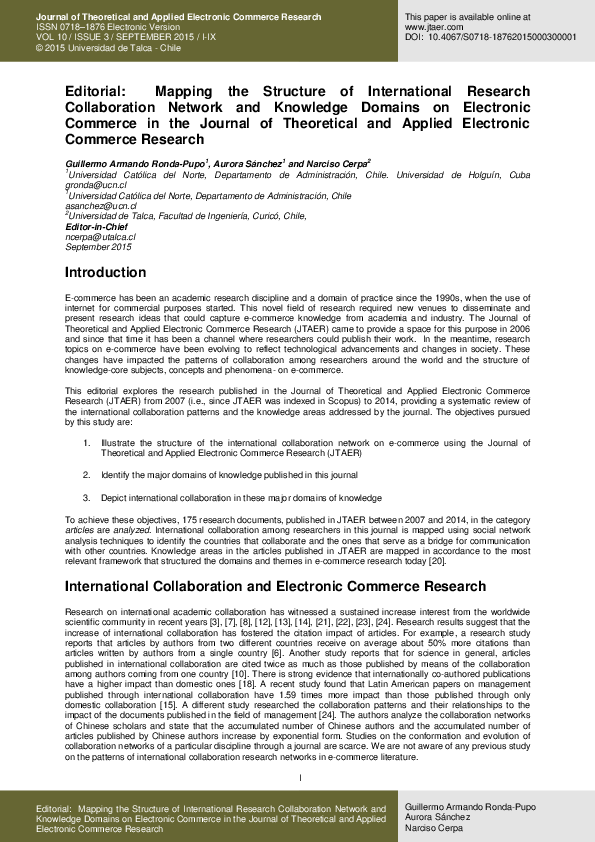基于文本挖掘的方法:利用综合在线评论数据分析客户情感和产品竞争力
IF 5.1
3区 管理学
Q1 BUSINESS
Journal of Theoretical and Applied Electronic Commerce Research
Pub Date : 2024-07-15
DOI:10.3390/jtaer19030087
引用次数: 0
摘要
我们的目标是提供客户情感和产品竞争力的真实写照,并激励企业优化产品和提升服务。本文以 119,190 对真实的综合评论数据为语料库,研究客户情感分析和产品竞争力。研究采用 TF-IDF 文本挖掘法,并通过 k-means 聚类法进行时相划分。研究发现,"质量"、"口味"、"外观包装"、"物流"、"价格"、"服务"、"评价 "和 "客户忠诚度 "是客户最关注的商品维度。因此,这些方面应作为改进商品和了解顾客的主要切入点。对顾客反馈的审查显示,综合评价可分为三个时间阶段。此外,随着时间的推移,顾客所表达的情绪会越来越负面。基于综合评价的商品竞争力可划分为四个区域象限,如 "优势区"、"奋斗区"、"机会区 "和 "等待区",商家可根据维度分布,有针对性地提升商品竞争力。今后,还可以将客户人口统计学考虑在内,以便更深入地了解客户群。本文章由计算机程序翻译,如有差异,请以英文原文为准。
Text Mining Based Approach for Customer Sentiment and Product Competitiveness Using Composite Online Review Data
We aimed to provide a realistic portrayal of customer sentiment and product competitiveness, as well as to inspire businesses to optimise their products and enhance their services. This paper uses 119,190 pairs of real composite review data as a corpus to examine customer sentiment analysis and product competitiveness. The research is conducted by combining TF-IDF text mining with a time-phase division through the k-means clustering method. The study identified ‘quality’, ‘taste’, ‘appearance packaging’, ‘logistics’, ‘prices’, ‘service’, ‘evaluations’, and ‘customer loyalty’ as the commodity dimensions that customers are most concerned about. These dimensions should therefore serve as the primary entry point for improving the commodity and understanding customers. A review of customer feedback reveals that the composite reviews can be divided into three time stages. Furthermore, the sentiment expressed by customers can become increasingly negative over time. The product competitiveness based on the composite review can be characterised by four regional quadrants, such as ‘Advantage Area’, ‘Struggle Area’, ‘Opportunity Area’, and ‘Waiting Area’, and merchants can target these areas to improve product competitiveness according to the dimensional distribution. In the future, it will also be possible to take customer demographics into account in order to gain a deeper understanding of the customer base.
求助全文
通过发布文献求助,成功后即可免费获取论文全文。
去求助
来源期刊
CiteScore
9.50
自引率
3.60%
发文量
67
期刊介绍:
The Journal of Theoretical and Applied Electronic Commerce Research (JTAER) has been created to allow researchers, academicians and other professionals an agile and flexible channel of communication in which to share and debate new ideas and emerging technologies concerned with this rapidly evolving field. Business practices, social, cultural and legal concerns, personal privacy and security, communications technologies, mobile connectivity are among the important elements of electronic commerce and are becoming ever more relevant in everyday life. JTAER will assist in extending and improving the use of electronic commerce for the benefit of our society.

 求助内容:
求助内容: 应助结果提醒方式:
应助结果提醒方式:


